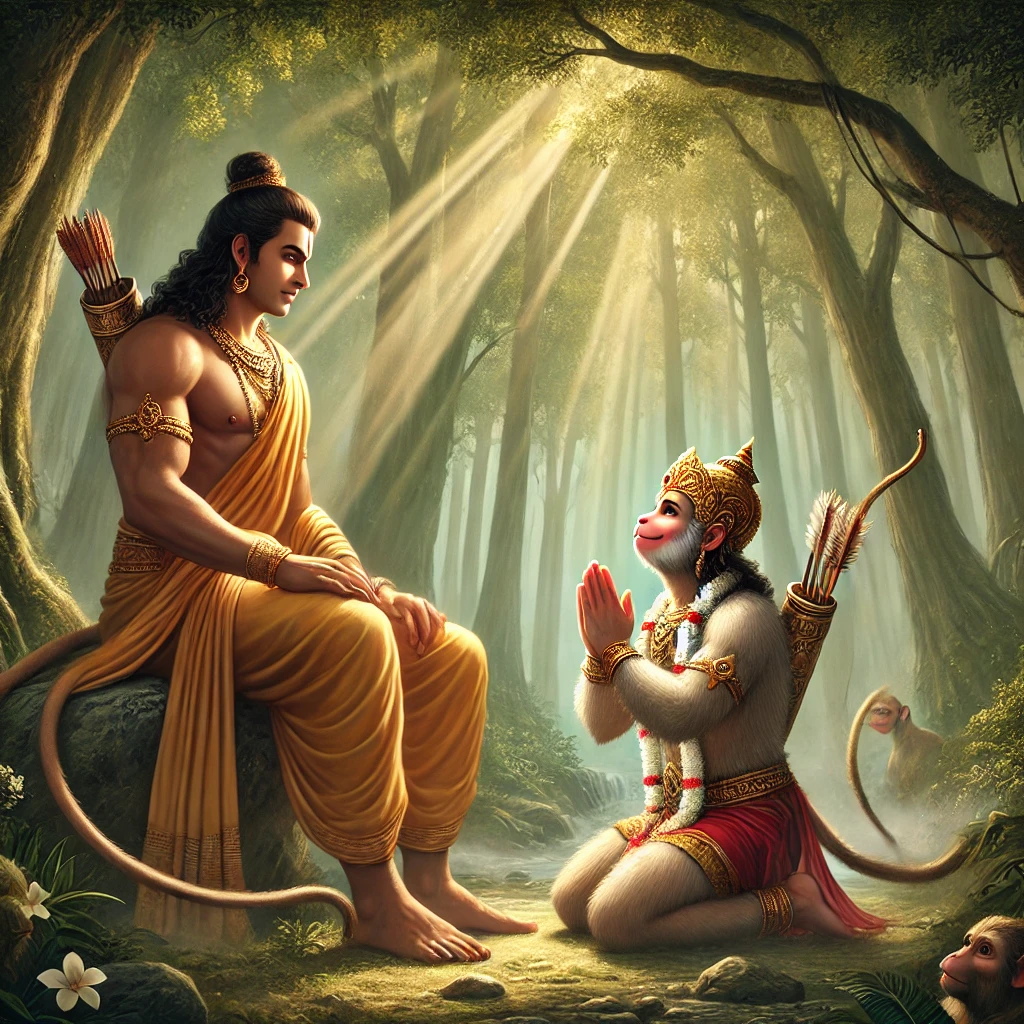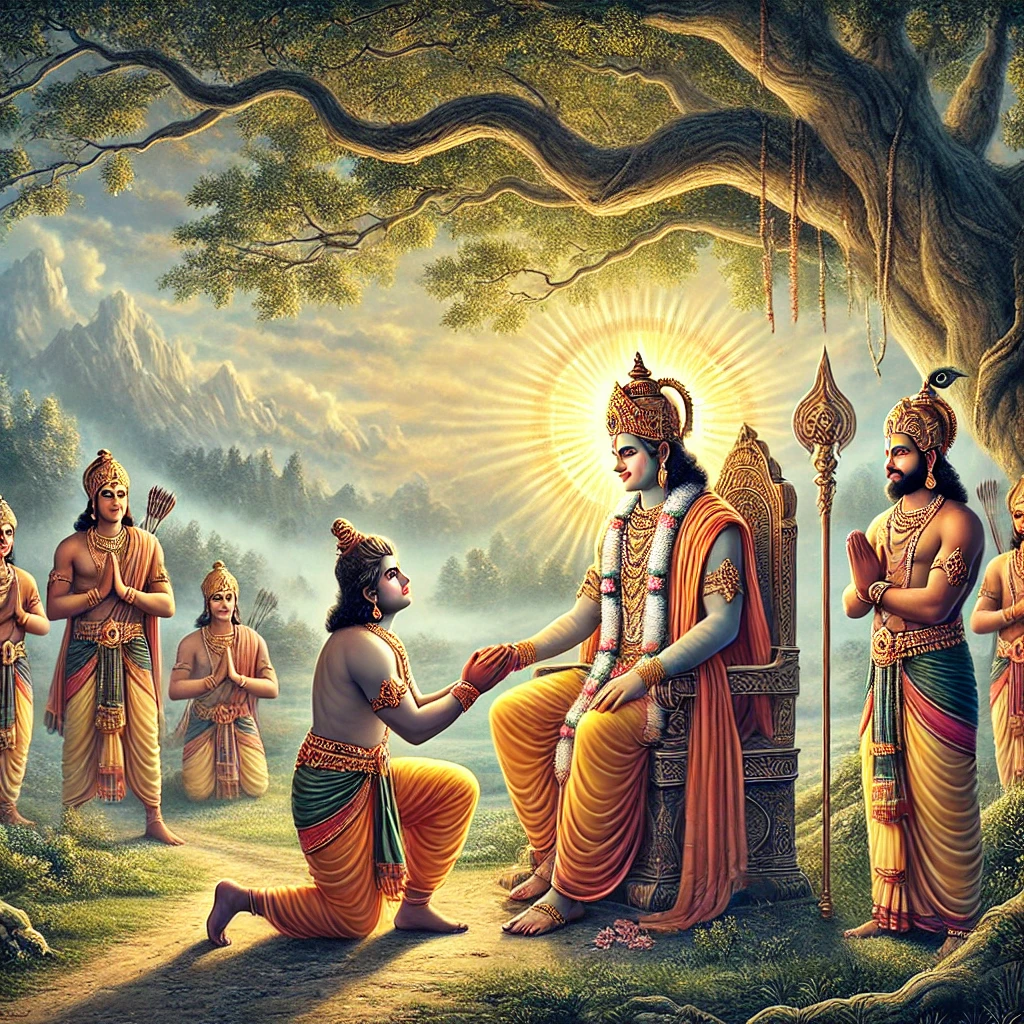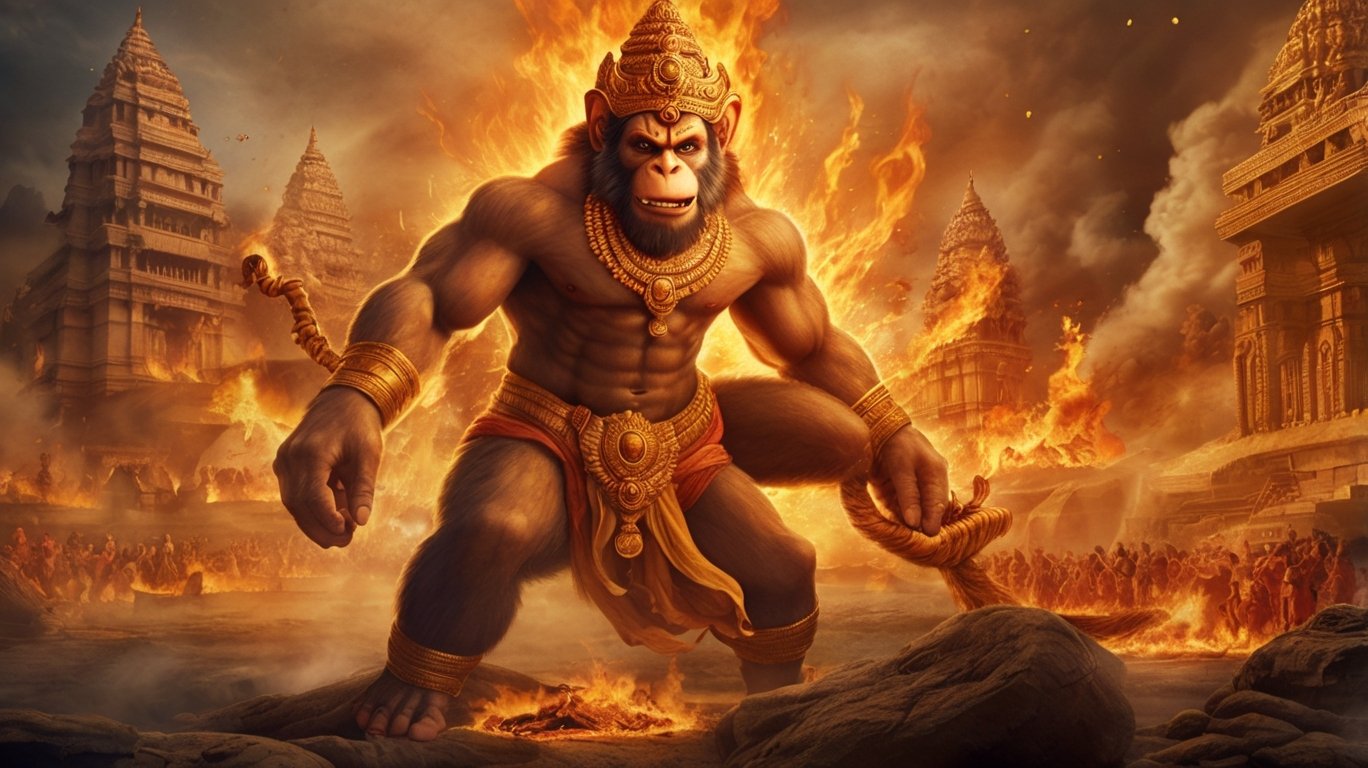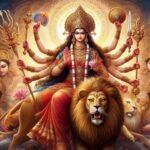Welcome to Bedesii.com
At Bedesii.com, we bring you deep insights into Hindu mythology, divine wisdom, and spiritual teachings. In this blog, we explore the birth story of Lord Bhairav, his significance in Hindu traditions, and the lessons we can learn from his fierce yet protective nature. Join us as we uncover the mysteries of this powerful manifestation of Lord Shiva.
Table of Contents
Introduction
Lord Bhairav, also known as Kaal Bhairav, is one of the most fierce and powerful manifestations of Lord Shiva. Revered as the guardian of time, destruction, and protection, Bhairav is an important deity in Hinduism, particularly in Shaivism and Tantra traditions. He is often depicted as a fierce deity with a terrifying appearance, holding a trident, drum, and a severed head, symbolizing his role as the annihilator of evil. In this blog, we delve deep into the birth story of Lord Bhairav, exploring its significance, associated myths, and spiritual insights.
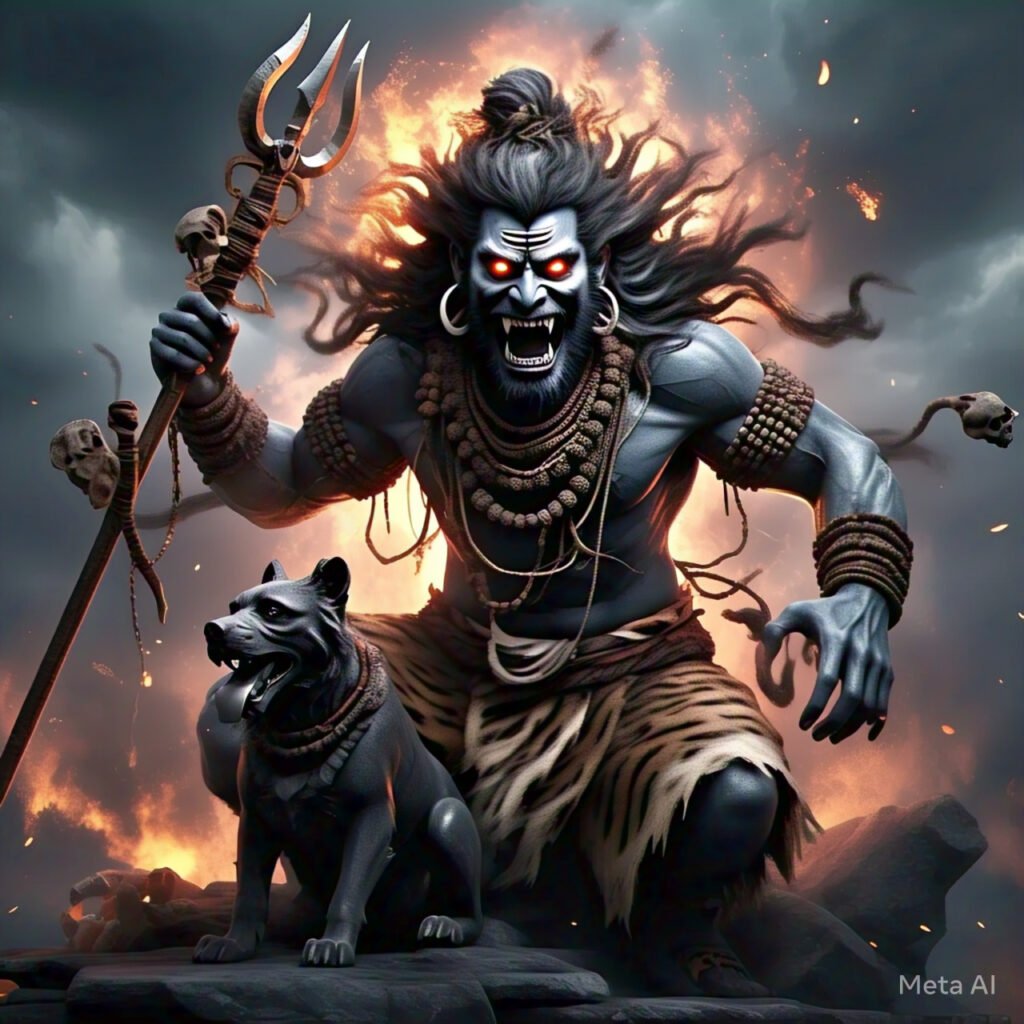
The Birth Story of Kaal Bhairav
The Wrath of Shiva and the Birth of Bhairav
The origin of Lord Bhairav is rooted in a profound event described in various Hindu scriptures, including the Shiva Purana and the Skanda Purana. According to legend, there was a time when Lord Brahma, the creator of the universe, became arrogant about his own powers. He started believing that he was the supreme deity and sought recognition above both Vishnu and Shiva.
During a great cosmic debate, Lord Brahma, in his arrogance, insulted Lord Shiva. He claimed that he was the ultimate creator and that his wisdom was superior to all. This enraged Lord Shiva, who decided to curb Brahma’s arrogance and teach him a lesson. In a moment of immense fury, Shiva opened his third eye, and from his divine energy emerged Kaal Bhairav, a terrifying manifestation of destruction and justice.
The Severing of Brahma’s Fifth Head
At the time of creation, Lord Brahma had five heads, symbolizing his mastery over the five elements—earth, water, fire, air, and ether. When Kaal Bhairav appeared, he was fierce, black in complexion, adorned with serpents, and carried a trident and a noose. His form was so terrifying that even the Devas trembled in fear.
Kaal Bhairav immediately proceeded towards Brahma and, with a single stroke of his sword, severed Brahma’s fifth head, which symbolized his ego and arrogance. This act humbled Brahma and made him realize his mistake. The severed head of Brahma clung to Bhairav’s hand, leading to Brahmahatya Dosha, the sin of killing a creator.
The Penance of Kaal Bhairav
To atone for this sin, Lord Bhairav was advised to wander as a mendicant and visit various holy places until he was absolved of his transgression. He traveled across many sacred sites, carrying Brahma’s severed head, and finally, he reached the holy city of Varanasi (Kashi). It was here that he was finally freed from the sin of Brahmahatya, and thus, Varanasi became one of the most significant spiritual centers associated with Kaal Bhairav.
The Significance of Kaal Bhairav
1. Guardian of Time and Dharma
Lord Bhairav is considered the protector of time (Kaal), ensuring that cosmic balance is maintained. His presence reminds devotees of the transient nature of life and the importance of righteousness.
2. Protector of the Universe
Bhairav is often depicted as the guardian of the eight directions (Ashta Bhairavas), symbolizing his omnipresence and protective nature. He is also worshipped as the guardian deity of temples, cities, and individuals.
3. Associated with Tantra and Mysticism
In the tantric traditions, Kaal Bhairav is revered as the lord of occult sciences and supernatural powers (siddhis). He is worshipped by practitioners seeking divine wisdom, courage, and liberation from fear.
4. Connection to Varanasi
One of the most famous temples dedicated to Kaal Bhairav is in Varanasi, where he is known as Kashi Kaal Bhairav. Devotees believe that without his permission, no one can reside in or leave the sacred city of Kashi.
5. Symbolism of Fearlessness
Bhairav represents the ultimate destruction of ego, illusions, and material attachments. His fierce form reminds devotees to embrace inner strength and overcome fear in the journey toward spiritual liberation.
Rituals and Worship of Lord Bhairav
1. Kaal Bhairav Jayanti
This festival marks the birth of Lord Bhairav and is celebrated on the eighth day (Ashtami) of the Krishna Paksha in the Hindu month of Margashirsha. Devotees observe fasting and offer prayers to seek his blessings.
2. Offerings and Worship
- Black Dogs: Bhairav is associated with black dogs, and feeding them is considered auspicious.
- Liquor Offering: In certain traditions, alcohol is offered to Bhairav as a symbol of breaking societal norms and realizing higher consciousness.
- Chanting of Mantras: Devotees chant the Bhairav mantra, such as Om Kaal Bhairavaya Namah, to invoke his protection and blessings.
FAQ
Who is Kaal Bhairav?
Kaal Bhairav is a fierce manifestation of Lord Shiva, associated with time and destruction.
What does Kaal Bhairav like?
Kaal Bhairav likes simple offerings such as halwa-puri and feeding dogs.
Who is the most powerful Bhairav?
Kaal Bhairav is considered the most powerful among the Bhairavas as he represents time and destruction.
Why does Kaal Bhairav drink alcohol?
Kaal Bhairav’s consumption of alcohol is symbolic, representing his transcendence over worldly attachments.
Is Bhairav the son of Shiva?
No, Bhairava is not the son of Shiva but a form of Shiva himself.
What other name is Kaal Bhairav known by?
Kaal Bhairav is known by names such as Kshetrapal and Dharmapal.
Who is the wife of Kaal Bhairav?
Kaal Bhairav is often depicted as a solitary deity without a specific consort.
Who was killed by Kala Bhairav?
Kala Bhairav severed one of Brahma’s heads to destroy his ego.
Who are the eight Bhairav’s?
The eight Bhairavas are: Asitanga Bhairava, Ruru Bhairava, Chanda Bhairava, Krodha Bhairava, Unmatta Bhairava, Kapala Bhairava, Bhishana Bhairava, and Samhara Bhairava.



